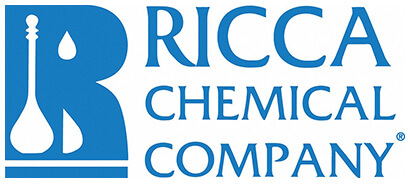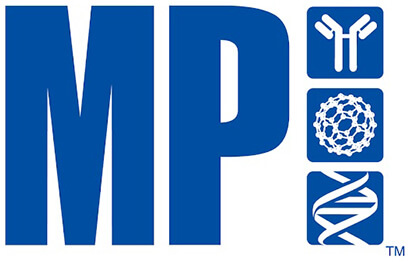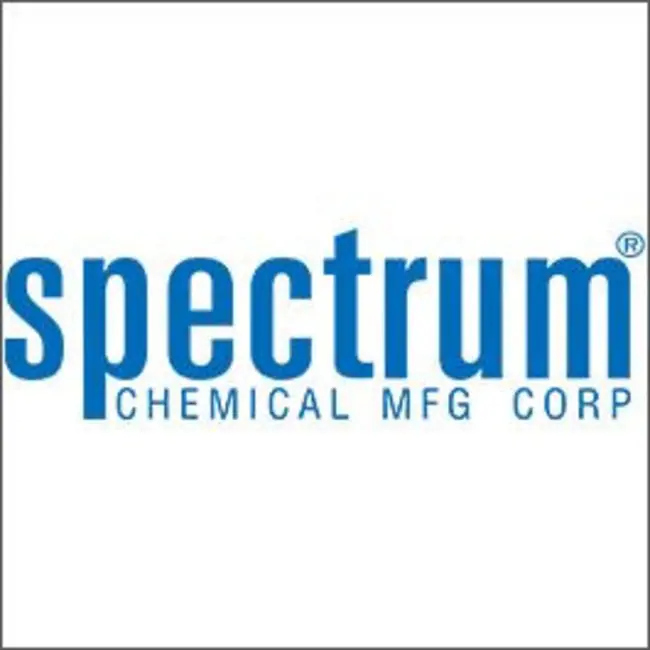Ambient
Showing 117251–117300 of 146505 results
-
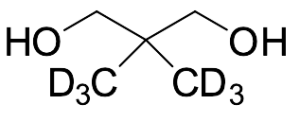
NPG Glycol-d6
$1,132.46 Add to cart View Product DetailsMolecular Formula : C5 D6 H6 O2
-
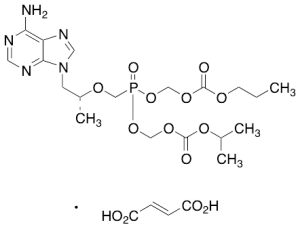
nPOC-POC Tenofovir Fumarate (Mixture of Diastereomers)
$443.33 Add to cart View Product DetailsMolecular Formula : C19 H30 N5 O10 P . C4 H4 O4
-

nPOC-POC Tenofovir Fumarate (Mixture of Diastereomers)
$1,931.14 Add to cart View Product DetailsMolecular Formula : C19 H30 N5 O10 P . C4 H4 O4
-

nPOC-POC Tenofovir Fumarate(Mixture of Diastereomers)
$3,565.58 Add to cart View Product DetailsMolecular Formula : C19 H30 N5 O10 P . C4 H4 O4
-
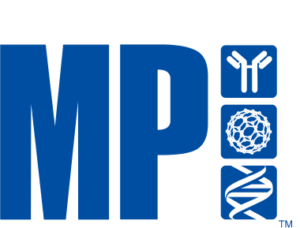
NPPB, NeuroPure
$40.97 Add to cart View Product DetailsNPPB, NeuroPure
-

NPPB, NeuroPure
$194.58 Add to cart View Product DetailsNPPB, NeuroPure
-

NQDI-1
$56.06 Add to cart View Product DetailsMolecular Formula : C19H13NO4
-

NQDI-1
$78.49 Add to cart View Product DetailsMolecular Formula : C19H13NO4
-

NQDI-1
$132.83 Add to cart View Product DetailsMolecular Formula : C19H13NO4
-
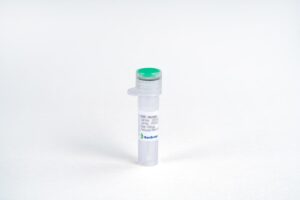
NRG-1β2, Human
$155.25 Add to cart View Product DetailsNeuregulin is a signaling protein for ErbB2/ErbB4 receptor heterodimers on the cardiac muscle cells, playing an important role in heart structure and function through inducing ErbB2/ErbB4 receptor phosphorylation and cardiomyocyte differentiation. Research on molecular level discovered that recombinant neuregulin could make disturbed myocardial cell structure into order and strengthen the connection between myocardial cells by intercalated discs re-organization.
-
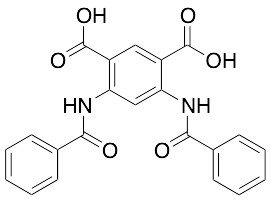
NS 3763
$166.46 Add to cart View Product DetailsMolecular Formula : C22 H16 N2 O6
-

NS 3763
$741.75 Add to cart View Product DetailsMolecular Formula : C22 H16 N2 O6
-

NS 3763
$1,317.90 Add to cart View Product DetailsMolecular Formula : C22 H16 N2 O6
-
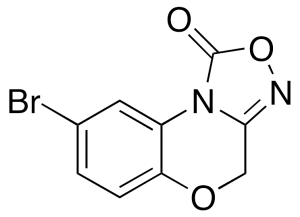
NS-2028
$72.45 Add to cart View Product DetailsMolecular Formula : C9 H5 Br N2 O3
-

NS-2028
$132.83 Add to cart View Product DetailsMolecular Formula : C9 H5 Br N2 O3
-

NS-2028
$160.43 Add to cart View Product DetailsMolecular Formula : C9 H5 Br N2 O3
-

NS-398
$56.06 Add to cart View Product DetailsMolecular Formula : C13H18N2O5S
-

NS-398
$105.23 Add to cart View Product DetailsMolecular Formula : C13H18N2O5S
-
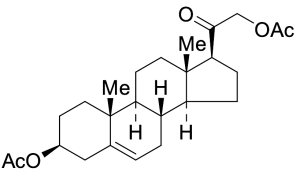
NSC 226895
$188.03 Add to cart View Product DetailsMolecular Formula : C25H36O5
-

NSC 226895
$346.73 Add to cart View Product DetailsMolecular Formula : C25H36O5
-

NSC 226895
$660.68 Add to cart View Product DetailsMolecular Formula : C25H36O5
-
NSC 23766 Trihydrochloride
$916.84 Add to cart View Product DetailsMolecular Formula : C24H38Cl3N7
-
NSC 379317
$60.38 Add to cart View Product DetailsMolecular Formula : C14H19N3O8
-
NSC 379317
$78.49 Add to cart View Product DetailsMolecular Formula : C14H19N3O8
-
NSC 379317
$116.44 Add to cart View Product DetailsMolecular Formula : C14H19N3O8
-

NSC 521542 -13C4
$166.46 Add to cart View Product DetailsMolecular Formula : 13C4 C14 H22 O6 S2
-

NSC 521542 -13C4
$292.39 Add to cart View Product DetailsMolecular Formula : 13C4 C14 H22 O6 S2
-

NSC 521542 -13C4
$550.28 Add to cart View Product DetailsMolecular Formula : 13C4 C14 H22 O6 S2
-

NSC 85390
$219.94 Add to cart View Product DetailsMolecular Formula : C13 H19 Cl N2 O
-
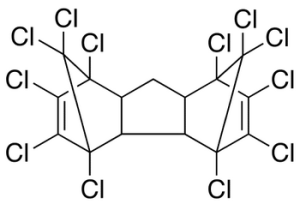
NSC 91800
$210.45 Add to cart View Product DetailsMolecular Formula : C15H6Cl12
-

NSC 91800
$1,581.83 Add to cart View Product DetailsMolecular Formula : C15H6Cl12
-

NSE (19A1), mAb, Mouse
$204.41 Add to cart View Product DetailsNeuron-Specific
Enolase (NSE) is recognized as a biomarker for small cell lung cancer. It is
secreted from neuroendocrine cells as well as neurogenic tumors. Its levels in
NSE-secreting neoplasms correlate with tumor mass and tumor metabolic activity. -

NSE (19A1), mAb, Mouse
$2,044.13 Add to cart View Product DetailsNeuron-Specific
Enolase (NSE) is recognized as a biomarker for small cell lung cancer. It is
secreted from neuroendocrine cells as well as neurogenic tumors. Its levels in
NSE-secreting neoplasms correlate with tumor mass and tumor metabolic activity. -
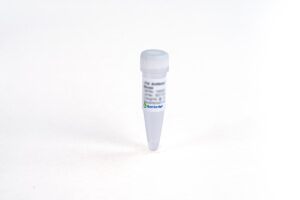
NSE (19A1), mAb, Mouse
$20,441.25 Add to cart View Product DetailsNeuron-Specific
Enolase (NSE) is recognized as a biomarker for small cell lung cancer. It is
secreted from neuroendocrine cells as well as neurogenic tumors. Its levels in
NSE-secreting neoplasms correlate with tumor mass and tumor metabolic activity. -

NSE (19E2), mAb, Mouse
$204.41 Add to cart View Product DetailsNeuron-Specific Enolase (NSE) is recognized as a biomarker for small cell lung cancer. It is secreted from neuroendocrine cells as well as neurogenic tumors. Its levels in NSE-secreting neoplasms correlate with tumor mass and tumor metabolic activity.
-

NSE (19E2), mAb, Mouse
$2,044.13 Add to cart View Product DetailsNeuron-Specific Enolase (NSE) is recognized as a biomarker for small cell lung cancer. It is secreted from neuroendocrine cells as well as neurogenic tumors. Its levels in NSE-secreting neoplasms correlate with tumor mass and tumor metabolic activity.
-

NSE (19E2), mAb, Mouse
$20,441.25 Add to cart View Product DetailsNeuron-Specific Enolase (NSE) is recognized as a biomarker for small cell lung cancer. It is secreted from neuroendocrine cells as well as neurogenic tumors. Its levels in NSE-secreting neoplasms correlate with tumor mass and tumor metabolic activity.
-
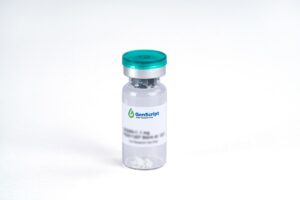
NT-4, Mouse
$2,018.25 Add to cart View Product DetailsNeurotrophin-4 (NT-4), also known as NT-5, is a neurotrophic factor structurally related to β-NGF, BDNF, and NT-3. Human NT-4 shares 48 – 52% aa sequence identity with human β-NGF, BDNF, and NT-3. Neurotrophins have six conserved cysteine residues that are involved in the formation of three disulfide bonds. NT-4 is expressed highest levels in prostate, lower levels in thymus, placenta, and skeletal muscle. NT-4 binds and induces receptor dimerization and activation of TrkB. NT-4 can signal through TrkB receptors and promotes the survival of peripheral sensory sympathetic neurons.
-

NT-4, Mouse
$86.25 Add to cart View Product DetailsNeurotrophin-4 (NT-4), also known as NT-5, is a neurotrophic factor structurally related to β-NGF, BDNF, and NT-3. Human NT-4 shares 48 – 52% aa sequence identity with human β-NGF, BDNF, and NT-3. Neurotrophins have six conserved cysteine residues that are involved in the formation of three disulfide bonds. NT-4 is expressed highest levels in prostate, lower levels in thymus, placenta, and skeletal muscle. NT-4 binds and induces receptor dimerization and activation of TrkB. NT-4 can signal through TrkB receptors and promotes the survival of peripheral sensory sympathetic neurons.
-

NT-4, Mouse
$271.69 Add to cart View Product DetailsNeurotrophin-4 (NT-4), also known as NT-5, is a neurotrophic factor structurally related to β-NGF, BDNF, and NT-3. Human NT-4 shares 48 – 52% aa sequence identity with human β-NGF, BDNF, and NT-3. Neurotrophins have six conserved cysteine residues that are involved in the formation of three disulfide bonds. NT-4 is expressed highest levels in prostate, lower levels in thymus, placenta, and skeletal muscle. NT-4 binds and induces receptor dimerization and activation of TrkB. NT-4 can signal through TrkB receptors and promotes the survival of peripheral sensory sympathetic neurons.
-
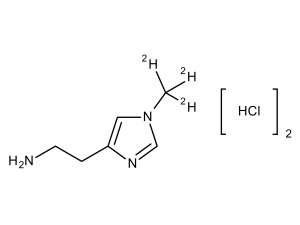
Nt-Methyl-d3-histamine 2HCl
$78.49 Add to cart View Product DetailsMolecular Formula : C6 D3 H8 N3 . 2 Cl H
-

Nt-Methyl-d3-histamine 2HCl
$190.61 Add to cart View Product DetailsMolecular Formula : C6 D3 H8 N3 . 2 Cl H
-

Nt-Methyl-d3-histamine Dihydrochloride
$60.38 Add to cart View Product DetailsMolecular Formula : C6 D3 H8 N3 . 2 Cl H
-

NT-proBNP (3B42HC)
$196.65 Add to cart View Product DetailsBNP and NT-proBNP are separated from precursor molecule proBNP via proteolytic processing. The BNP and NT-proBNP level in blood are proportional to the severity of cardiac dysfunction. They can be used for diagnosis of congestive heart failure (CHF).
-

NT-proBNP (3B42HC)
$1,966.50 Add to cart View Product DetailsBNP and NT-proBNP are separated from precursor molecule proBNP via proteolytic processing. The BNP and NT-proBNP level in blood are proportional to the severity of cardiac dysfunction. They can be used for diagnosis of congestive heart failure (CHF).
-

NT-proBNP (3B42HC)
$16,732.50 Add to cart View Product DetailsBNP and NT-proBNP are separated from precursor molecule proBNP via proteolytic processing. The BNP and NT-proBNP level in blood are proportional to the severity of cardiac dysfunction. They can be used for diagnosis of congestive heart failure (CHF).
-

NTA-FITC (90%)
$231.15 Add to cart View Product DetailsMolecular Formula : C31H29N3O11S
-

NTA-FITC (90%)
$1,718.96 Add to cart View Product DetailsMolecular Formula : C31H29N3O11S
-
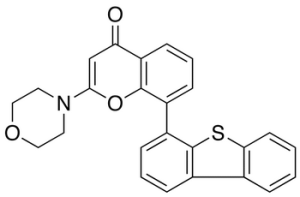
NU 7441
$166.46 Add to cart View Product DetailsMolecular Formula : C25 H19 N O3 S
-

NU 7441
$384.68 Add to cart View Product DetailsMolecular Formula : C25 H19 N O3 S


